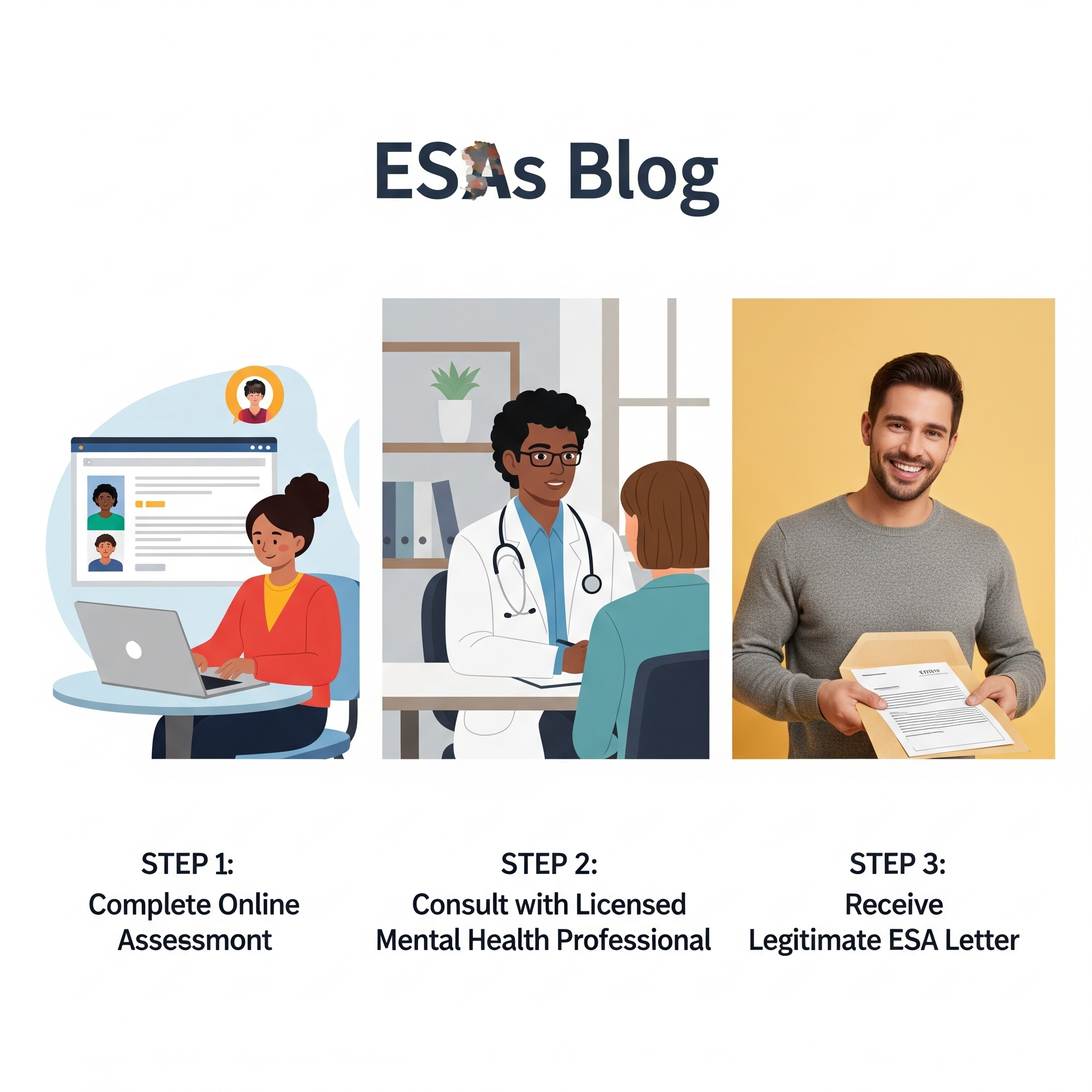Traveling by air with a Psychiatric Service Dog (PSD) requires adherence to specific regulations set by the U.S. Department of Transportation (DOT). Since January 11, 2021, Emotional Support Animals (ESAs) are no longer considered service animals under the Air Carrier Access Act (ACAA), meaning they generally fly as pets. However, Psychiatric Service Dogs, due to their specific task training, continue to have public access rights, including on airplanes.
To ensure a smooth travel experience, you’ll need to complete and submit the U.S. DOT Service Animal Air Transportation Form. Here’s a step-by-step guide:
Understanding the DOT Form’s Purpose
The DOT Service Animal Air Transportation Form serves as an attestation (a sworn statement) from the service animal handler (you) regarding the service dog’s health, behavior, and training. It’s designed to give airlines the necessary information to verify your PSD’s legitimacy and ensure the safety and comfort of all passengers.
Step 1: Obtain the Official DOT Form
- Download from a reliable source: Always download the form directly from the U.S. Department of Transportation’s (DOT) official website (transportation.gov) or your specific airline’s website. These are typically accessible PDF documents.
- Avoid third-party vendors: Be wary of websites that charge for access to this form or claim to “register” your PSD with the DOT – there is no such federal registry. The form itself is free.
Step 2: Gather Necessary Information
Before you start filling out the form, have the following information readily available:
- Your information: Name, phone number, and email address.
- Your PSD’s information: Name, description (including weight and color), and breed (optional but helpful).
- Rabies Vaccination Details: Date of last rabies vaccination and its expiration date.
- Veterinarian’s Information: Your vet’s name and phone number (they do not need to sign the form).
- Task Trainer Information: The name and phone number of the person or organization that trained your PSD to perform its disability-mitigating tasks. If you self-trained, you will list your own name and contact information here.
- Behavior Trainer Information: Similar to task training, provide the name and phone number of the person or organization that trained your PSD for public behavior. Again, if self-trained, list yourself.
- Flight Information (if applicable): While not directly on the form itself, have your flight details (airline, flight number, dates, origin, destination) handy as you’ll typically submit the form in conjunction with your reservation.
Step 3: Fill Out the Form Accurately and Honestly
The DOT form requires you to attest to several key points:
- Handler and User Information: You’ll specify who the handler is and, if different, who the service animal user is. In most cases, these will be the same person.
- Animal Health: You’ll attest that your PSD is free of fleas or ticks, does not have a disease that would endanger others, and is current on rabies vaccination (providing dates).
- Animal Training & Tasks: You’ll confirm that your PSD has been individually trained to perform work or tasks to assist you with your disability. You’ll also provide the trainer’s information.
- Animal Behavior: You’ll attest that your PSD has been trained to behave appropriately in public settings and will remain under your control. You acknowledge that if the animal misbehaves, it can be treated as a pet or denied boarding.
- Relief Attestation (for flights 8+ hours): If your flight is 8 hours or longer, you will also need to complete the U.S. DOT Service Animal Relief Attestation Form. On this form, you attest that your PSD will not need to relieve itself on the flight, or can do so in a way that doesn’t create a health or sanitation issue (e.g., using a doggie diaper or specific relief pads if permitted by the airline).
- Other Assurances: You’ll confirm your understanding of your responsibilities, such as keeping the dog leashed/tethered and being responsible for any damages.
- Signature and Date: Sign and date the form. Remember, this is a federal document, and knowingly making false statements can result in penalties.
Step 4: Submit the Form to Your Airline
Airlines have varying methods and timelines for submitting the DOT form:
- Online Submission: Many airlines provide a portal on their website or within their “My Trips” section where you can upload the completed PDF form. This is often the most convenient method.
- Email Submission: Some airlines may provide a specific email address for submitting service animal documentation.
- In-Person (Less Recommended): You can present the completed form at the airport check-in counter or gate, but this is less recommended due to potential delays or issues. It’s always better to submit in advance.
- Timing: Most airlines require the form to be submitted at least 48 hours prior to your flight if your reservation was made more than 48 hours in advance. If you book a last-minute flight (within 48 hours), you may be able to submit it at the airport. However, confirming with your airline is key.
- One Form Per Trip: For roundtrip flights, you generally only need to submit the form once for the entire trip, not for each leg.
What Happens After Submission?
- Airline Review: The airline’s special assistance or accessibility team will review your submitted form.
- Confirmation/Service Animal ID: Many airlines will send you a confirmation email or a unique “Service Animal ID” once your form is approved. This ID can often be used for future bookings with the same airline and PSD, potentially streamlining subsequent travel.
- Airport Verification: Even with a submitted form, airline personnel at the airport may ask two questions to verify your PSD:
- “Is this a service animal required because of a disability?”
- “What work or task has the animal been trained to perform?” You are not required to disclose your specific disability.
Important Reminders for Air Travel with a PSD:
- PSD Letter (Medical Documentation): While the DOT form is about the dog’s behavior and training, having a legitimate PSD letter from a licensed mental health professional (like those facilitated by services mentioned previously, such as CertifyESA) is crucial for establishing your qualifying disability and the medical need for a task-trained dog. While airlines primarily focus on the DOT form, having this underlying documentation is vital for your own legal standing.
- Dog Under Control: Your PSD must be harnessed, leashed, or tethered at all times in the airport and on the aircraft. It must be under your control.
- Fit in Foot Space: Your PSD must fit in the floor space in front of your seat without encroaching on another passenger’s space or blocking an aisle. It cannot occupy an aircraft seat.
- No Exit Rows: Service animals are generally not allowed in emergency exit rows.
- International Travel: Be aware that international travel with a PSD involves additional requirements set by the destination country (e.g., specific vaccinations, health certificates, import permits). Check the CDC and the destination country’s regulations well in advance.
By meticulously completing the DOT Service Animal Air Transportation Form and understanding the airline’s process, you can significantly reduce stress and ensure a smoother, more accessible travel experience with your Psychiatric Service Dog.





